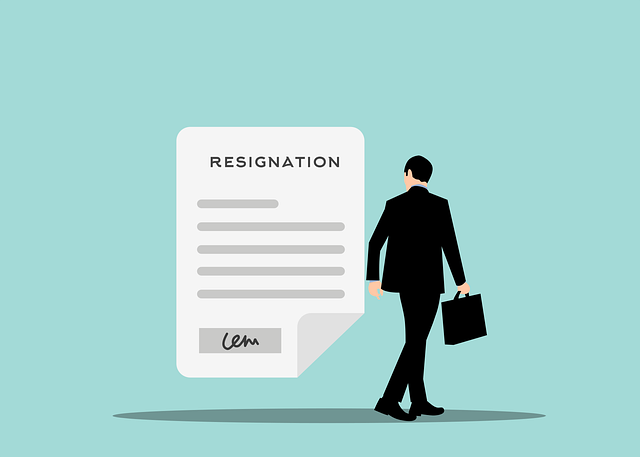
When shifting jobs, professionals should communicate their decision to quit with respect and gratitude. Leaving professionally and ensuring that you do not burn any bridges is the best way to welcome new opportunities ahead. While it may be entertaining to quit in a grand public gesture, it should probably stay as a dream.
Here are five helpful tips that you can employ when you lodge your resignation this 2022.
#1: BE DIRECT
After days of careful contemplation, you realized that you are ready to leave your post. Make sure that your supervisor and co-workers are not surprised by a general announcement. Notify your direct supervisor through written and verbal communication. While some companies prefer to receive a four-week notice, others are satisfied with a two-week notice. Review your employee contract to read about the resignation period.
Be direct when communicating the reasons for leaving. Consider not only what is best for you and your new employer, but also what is best for the company you will be leaving.
#2: GIVE AT LEAST 2 WEEKS’ NOTICE
Employers generally accept a two weeks’ notice of departure. Sharing your decision in advance will give the supervisor time to sort things out. Elements such as your pending projects and status of assignments can be transitioned strategically.
In contrast, departing abruptly could have negative consequences such as leaving a poor impression and having co-workers wonder what happened wrong.
#3: CREATE A RESIGNATION LETTER
Make a resignation letter that is clear and concise. Thank your employer for the opportunity and state when your last day of work will be.
If you are leaving over a possible legal claim (e.g., allegations of workplace safety violations), you must speak to a lawyer first. Remember that anything in writing could be used against you.
#4: TRANSITION YOUR PROJECTS
What are your current projects and assignments? List these down. Determine which items will end when you leave, and which will need to be assigned to someone else. Discuss these projects to your direct supervisor and provide substantial data, reports, files, and contact information. You may need to train your replacement too.
#5: MAINTAIN PROFESSIONAL RELATIONSHIPS
Maintain professional relationships, if possible. Connect with key people from your previous organization through their LinkedIn profiles or email addresses. Make it clear whether you are open to being contacted with questions about the pending projects after you are officially gone. Alternatively, you can connect with these people virtually.

Image Credits: pixabay.com




